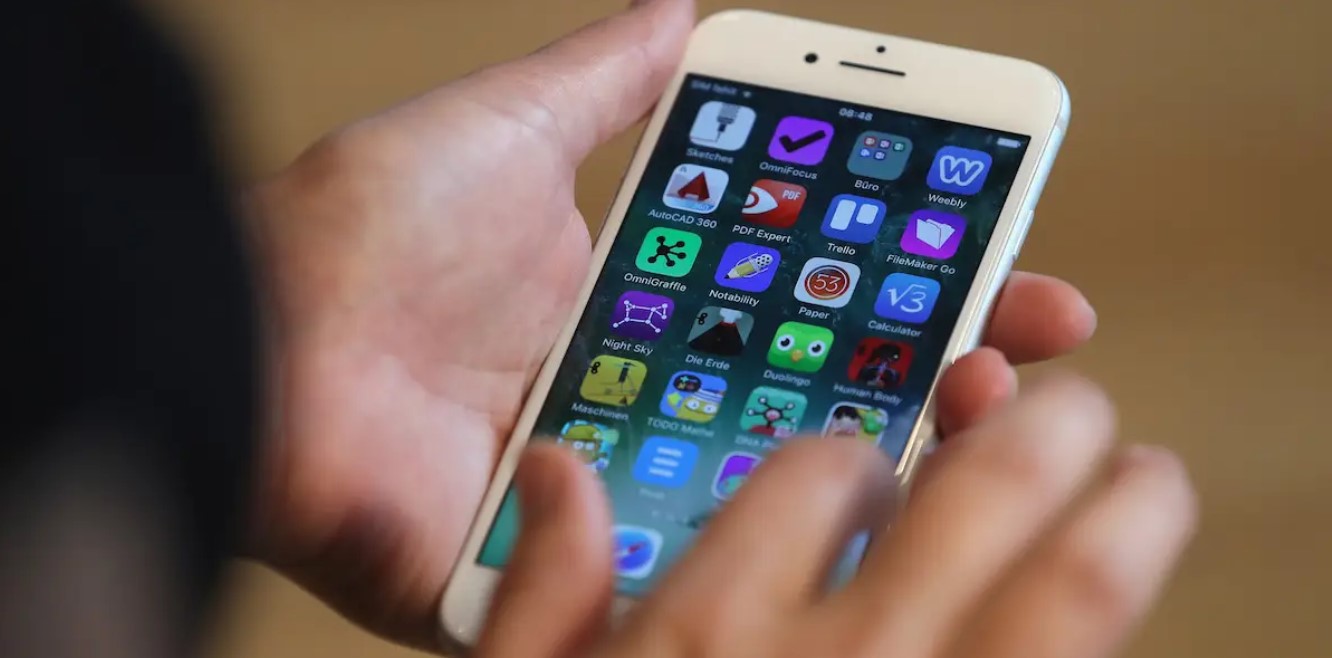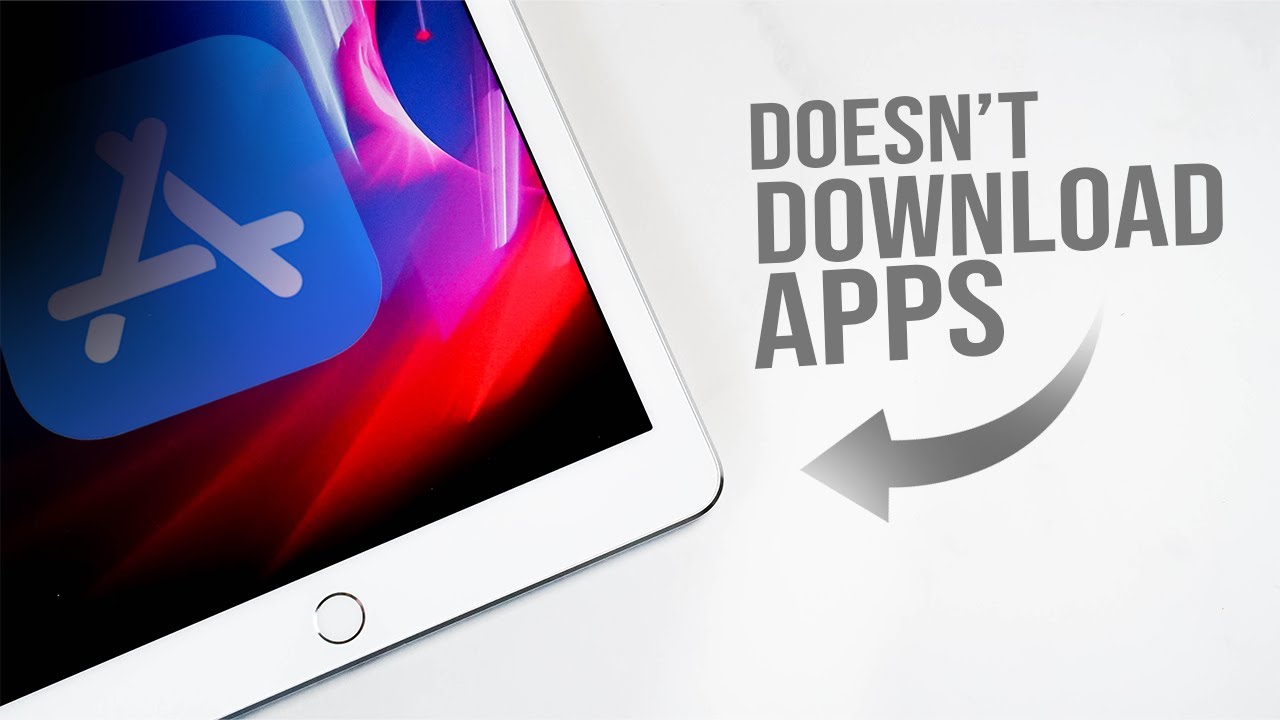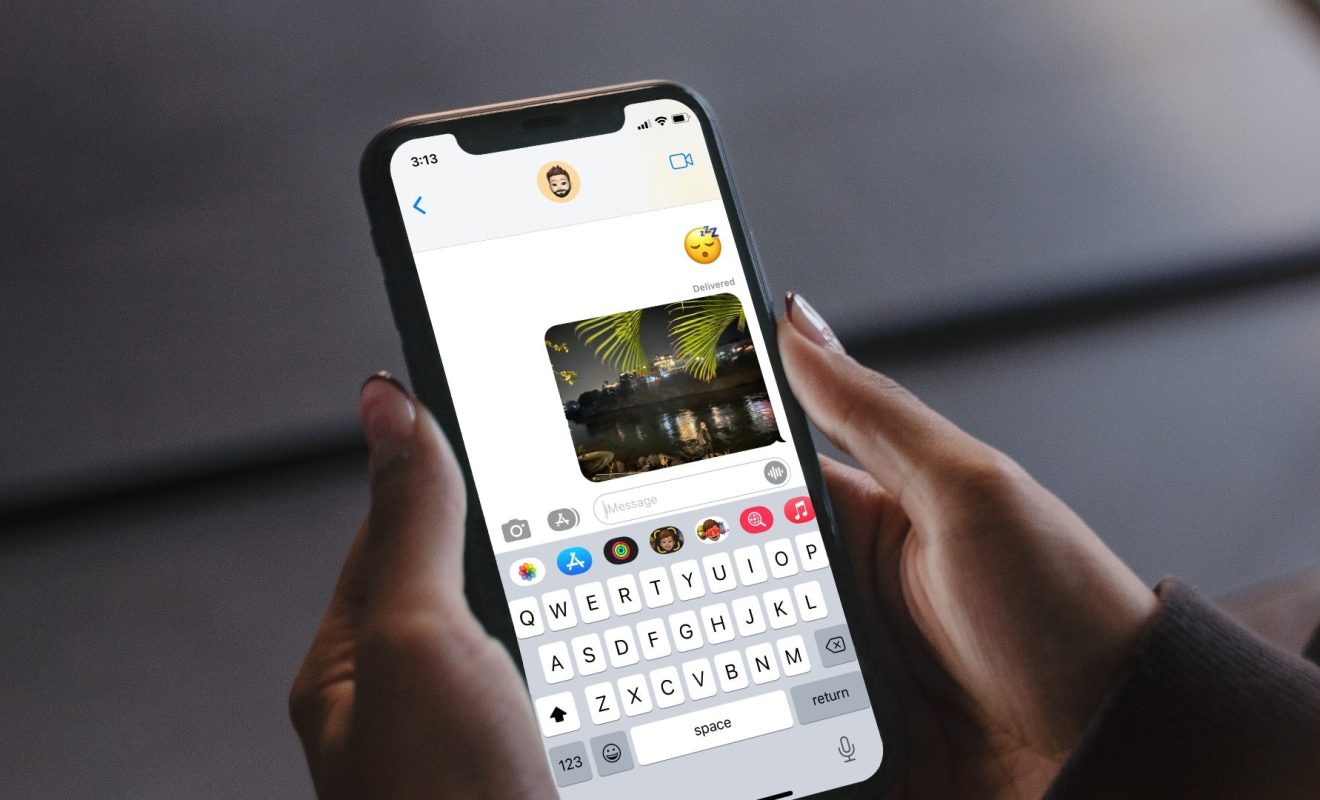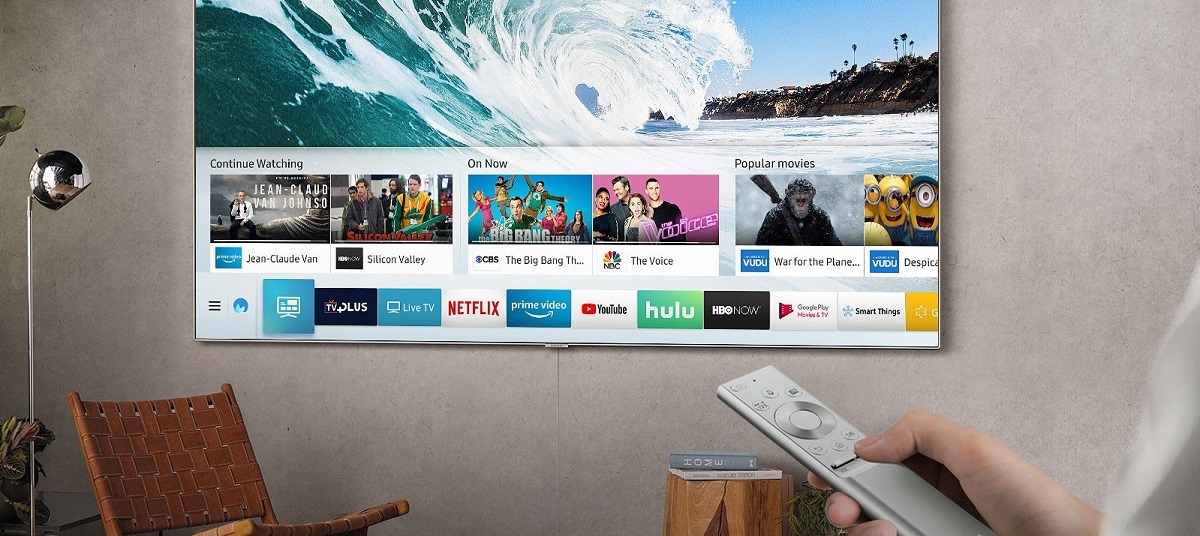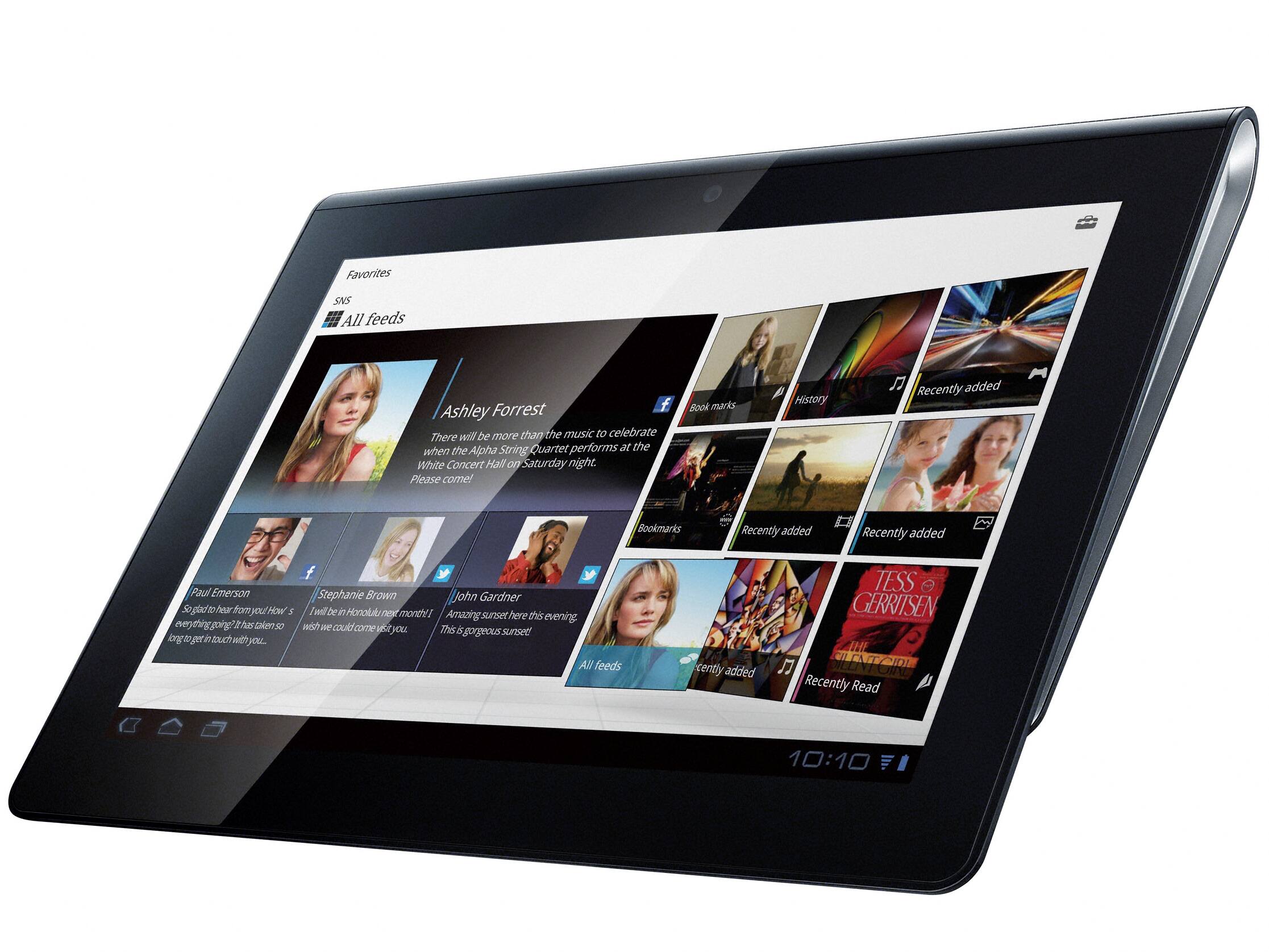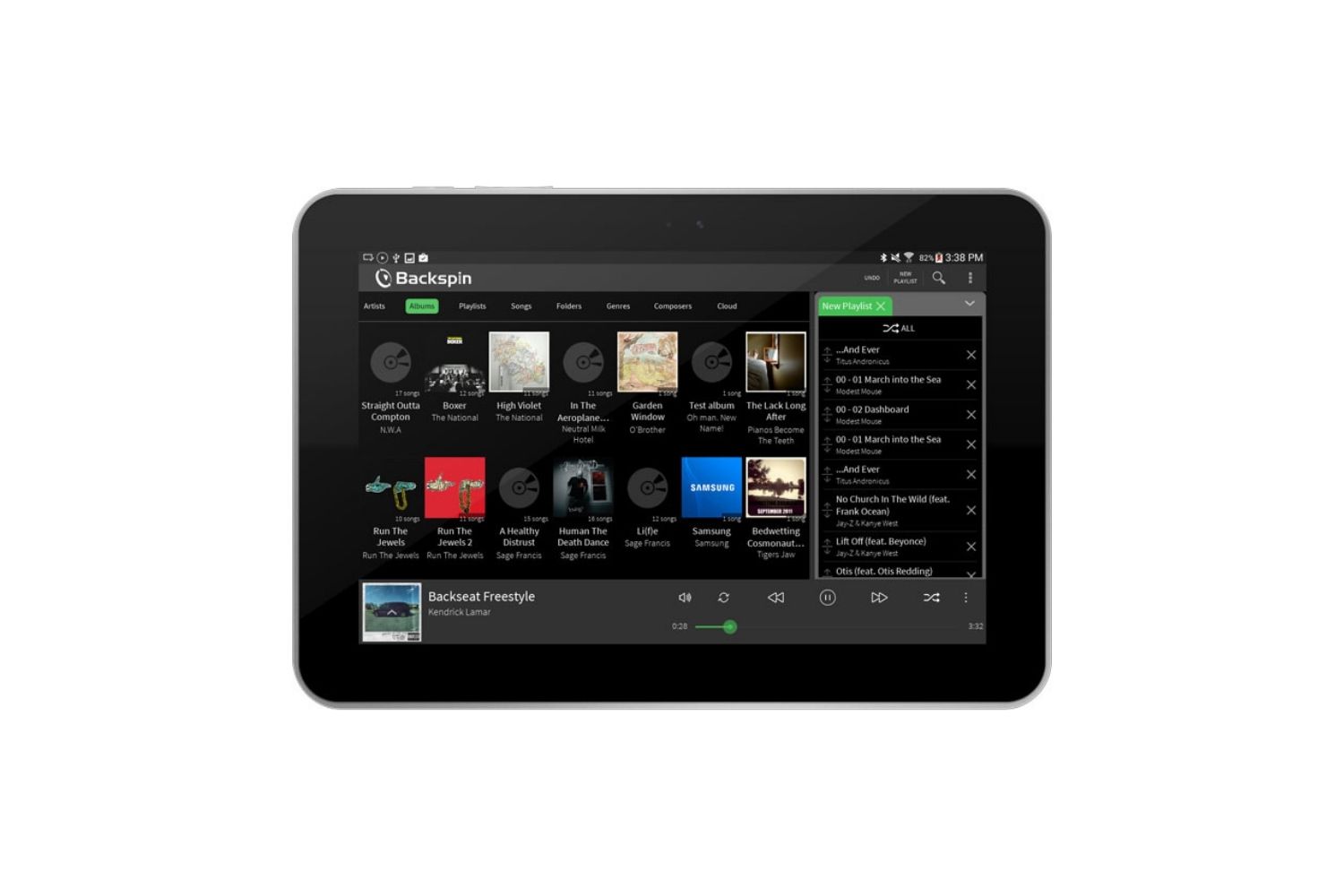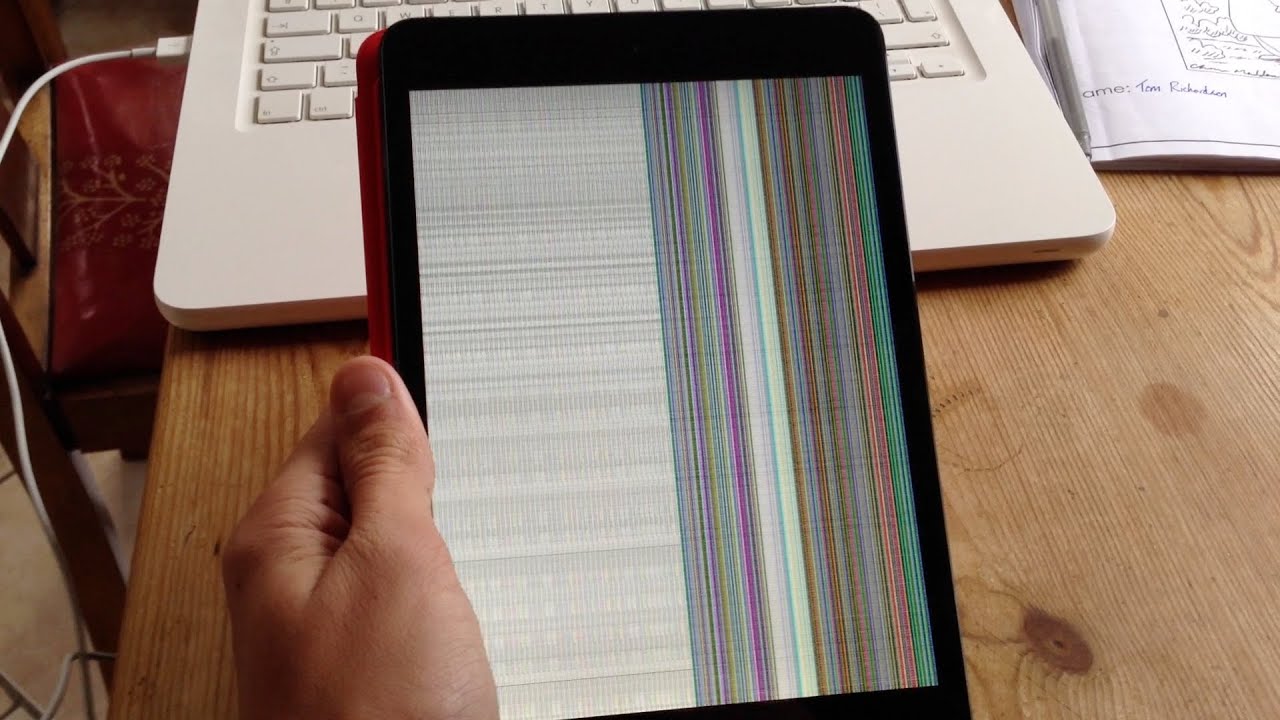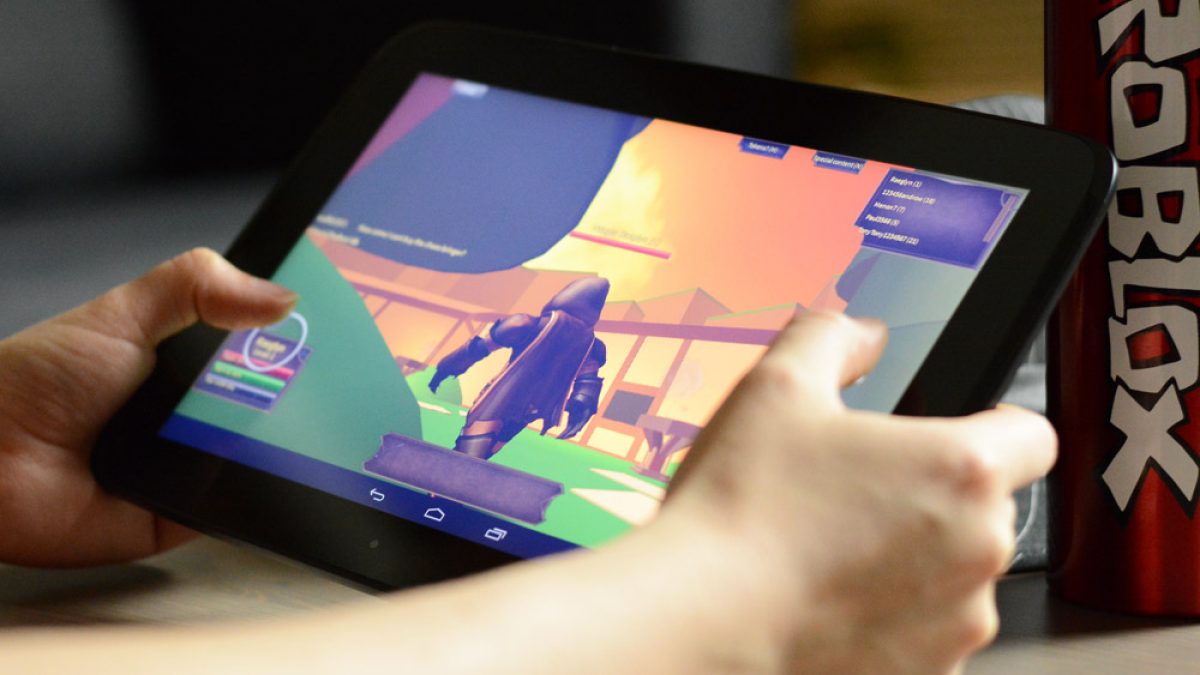Introduction
Technology has become an integral part of our lives, and mobile applications play a crucial role in enhancing our digital experiences. However, you may come across a frustrating situation where you find an app that piques your interest or meets your specific needs, only to discover that it is incompatible with your device. Whether you are using an Android device or an iOS device, encountering incompatible apps can be quite disheartening.
Incompatible apps are applications that are not supported or cannot be installed on a particular device due to various reasons. This issue can arise due to differences in operating systems, hardware requirements, or restrictions imposed by the app developers. However, don’t despair just yet. There are methods and alternatives available that can help you overcome the hurdle of incompatible apps and make sure you get the most out of your device.
In this article, we will explore the reasons behind app incompatibility and provide practical solutions for finding and installing incompatible apps on both Android and iOS devices. So, if you have ever been frustrated by not being able to download apps you want, keep reading to discover how to overcome this obstacle.
What are incompatible apps?
Incompatible apps are applications that cannot be installed or used on a specific device due to various reasons. These reasons can include differences in operating systems, hardware requirements, or specific limitations set by the app developers themselves.
For example, if you are using an Android device and come across an app that is designed exclusively for iOS, it will be considered incompatible with your device. Similarly, if you have an older version of an operating system that does not meet the minimum requirements of a certain app, you will not be able to install or run it.
Another common scenario is when developers only make their apps available in certain regions or countries, resulting in incompatibility for users from other locations.
Incompatible apps can be frustrating because they limit your access to specific functionalities or prevent you from enjoying the full range of features offered by the app. However, understanding the reasons behind app incompatibility can help you find suitable alternatives or workarounds.
It’s important to note that app incompatibility is not necessarily a flaw or a limitation of your device, but rather a compatibility issue between the app and the device’s operating system or hardware components.
Now that we have a clear understanding of what incompatible apps are, let’s explore some of the reasons behind their incompatibility.
Reasons for app incompatibility
There are several reasons why apps might be considered incompatible with your device. It’s important to understand these reasons to find suitable alternatives or solutions to overcome app incompatibility.
1. Operating system requirements: One of the primary reasons for app incompatibility is the difference in operating systems. Apps are typically developed for specific operating systems such as Android or iOS, and they may not be fully compatible with other platforms. In some cases, apps require a minimum version of the operating system to function properly, so if your device doesn’t meet that requirement, the app may be incompatible.
2. Hardware limitations: Another reason for app incompatibility is hardware limitations. Some apps require specific hardware components, such as a powerful processor, a certain amount of RAM, or a particular sensor, which may not be available on your device. If your device falls short of the required hardware specifications, the app may not work correctly or may not be available for download at all.
3. Geographic restrictions: Certain apps are region-specific or restricted to specific countries due to licensing agreements or legal reasons. If you are accessing an app from a different region, it may appear as incompatible or unavailable in your app store. However, there are workarounds to bypass these restrictions, which we will discuss later in this article.
4. Developer limitations: Sometimes, developers intentionally limit their apps to certain devices or operating systems. This can be due to resource constraints, focusing on a specific user base, or prioritizing platform-specific features. In these cases, the app may not be compatible with your device, even if it meets the necessary operating system requirements.
5. App version compatibility: App updates can sometimes result in incompatibility with certain devices. Developers may introduce new features or optimize their apps for newer devices, causing older devices to become incompatible with the latest app versions. If you’re using an older device, it’s possible that you may not be able to install or run the latest version of an app.
Understanding these reasons for app incompatibility can help you identify the root cause and find suitable alternatives or solutions. In the next section, we will explore how to find compatible alternatives and install incompatible apps on both Android and iOS devices.
Finding compatible alternatives
When faced with app incompatibility, finding compatible alternatives is often the best solution. By exploring similar apps that are compatible with your device, you can still enjoy similar functionalities and features.
Here are some effective ways to find compatible alternatives:
1. App Store search: Start by searching the official app store for your device. Whether it’s the Google Play Store for Android or the App Store for iOS, these platforms offer a wide range of apps that are compatible with your device’s operating system.
2. App recommendations: Look for curated app recommendations on technology websites, app review platforms, or forums. These platforms often highlight alternative apps that provide similar functionalities to popular but incompatible apps.
3. User reviews and ratings: Read user reviews and ratings of apps that are similar to the incompatible app you were interested in. This will give you a better idea of their performance, features, and compatibility with different devices.
4. Online communities and forums: Engage with online communities and forums dedicated to app recommendations and troubleshooting. These communities often have members who have encountered similar compatibility issues and can suggest compatible alternatives based on their experiences.
5. Developer websites: Visit the websites of the app developers to see if they provide alternatives or recommendations for incompatible devices. Developers may offer separate versions or similar apps specifically designed for different operating systems or hardware specifications.
Remember to always read the app descriptions, check the compatibility information, and review the user feedback before downloading and installing any alternative app. Taking these steps will help ensure that you find a suitable replacement that meets your needs.
Now that we have discussed how to find compatible alternatives, let’s move on to the methods for installing incompatible apps on both Android and iOS devices.
Installing incompatible apps on Android devices
While Android devices generally offer more flexibility in terms of app installation compared to iOS devices, there may still be cases where an app is considered incompatible with your specific device. Fortunately, there are a few workarounds to install incompatible apps on Android devices:
1. APK file installation: One option is to find the APK (Android Package) file for the app you want to install from a trusted source. You can then manually download the APK file and enable the “Unknown Sources” option in your device’s settings. Once enabled, you can navigate to the downloaded APK file and install the app by following the prompts.
2. Alternative app stores: Apart from the official Google Play Store, there are third-party app stores like APKMirror and Aptoide that host a wide range of apps, including those that may be considered incompatible on the Play Store. These alternative app stores often provide older versions of apps that may work on your device.
3. Custom ROMs: If you’re comfortable with advanced modifications, you can consider installing a custom ROM on your Android device. Custom ROMs are modified versions of the Android operating system, often created by a community of developers. Some custom ROMs offer compatibility for apps that are typically labeled as incompatible on stock Android.
It’s important to note that manually installing incompatible apps can potentially lead to security risks or stability issues. Ensure that you only download APK files from trusted sources and exercise caution when enabling unknown sources on your device.
Now that we have covered the methods for installing incompatible apps on Android devices, let’s move on to discussing the process for iOS devices.
Installing incompatible apps on iOS devices
Installing incompatible apps on iOS devices can be more challenging compared to Android due to Apple’s strict app ecosystem. However, there are a few methods to bypass app incompatibility on iOS devices:
1. App Store region change: Sometimes, an app may be available in a different region’s App Store despite being incompatible in your current region. By changing your App Store region, you can access and download the app. To do this, go to your device’s settings, tap on your Apple ID, select “Media & Purchases,” and then “View Account.” From there, you can change your region to the desired country and access that region’s App Store.
2. App Store account switch: If changing your App Store region is not feasible, you can create a new Apple ID specifically for the country or region where the incompatible app is available. Sign out of your current Apple ID, create a new account, and choose the desired region during the registration process. Switch between Apple IDs as needed to access and download the incompatible app.
3. Jailbreaking: Jailbreaking your iOS device is an advanced method that allows you to bypass many of Apple’s restrictions. By jailbreaking, you gain access to third-party app stores like Cydia, which may offer alternative app versions or tweaks to make incompatible apps work on your device. However, keep in mind that jailbreaking can void your device’s warranty and may pose security risks.
It’s important to note that installing incompatible apps through these methods may not always work, as app developers continuously update their software to prevent such workarounds. Additionally, Apple doesn’t officially support these methods and may disable them in future iOS updates.
Before attempting any of these methods, consider the potential risks and implications. Always ensure that you download apps from trusted sources and exercise caution when making modifications to your iOS device.
Now that we have explored the methods for installing incompatible apps on both Android and iOS devices, let’s conclude our discussion.
Conclusion
Dealing with incompatible apps can be frustrating, but it’s important to remember that there are solutions and alternatives available. Understanding the reasons behind app incompatibility, such as operating system requirements, hardware limitations, geographic restrictions, developer limitations, and app version compatibility, can help you navigate this issue more effectively.
When faced with app incompatibility, the first step is to search for compatible alternatives. Utilize app stores, app recommendations, user reviews, online communities, and developer websites to find similar apps that are compatible with your device.
For Android devices, options like installing APK files or using alternative app stores can help bypass incompatibility. However, exercise caution and only download from trusted sources to ensure the security and stability of your device.
With iOS devices, overcoming app incompatibility is more challenging due to Apple’s restrictions. Methods like changing App Store regions or switching Apple IDs might provide access to incompatible apps in different regions. Alternatively, jailbreaking your device can unlock more customization options, but be aware of the associated risks.
Remember to always consider the potential implications, risks, and legality of the solutions mentioned before attempting them. Additionally, staying updated with the latest device software updates and app versions can help mitigate compatibility issues.
In conclusion, while encountering incompatible apps can be frustrating, it’s important to explore alternatives, keep your device up to date, and exercise caution when installing apps from external sources. By doing so, you can make the most out of your device’s capabilities and access a wide range of applications that enhance your digital experience.







